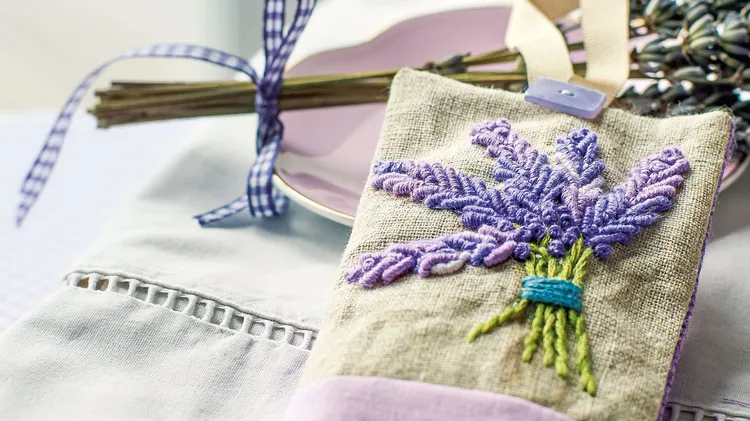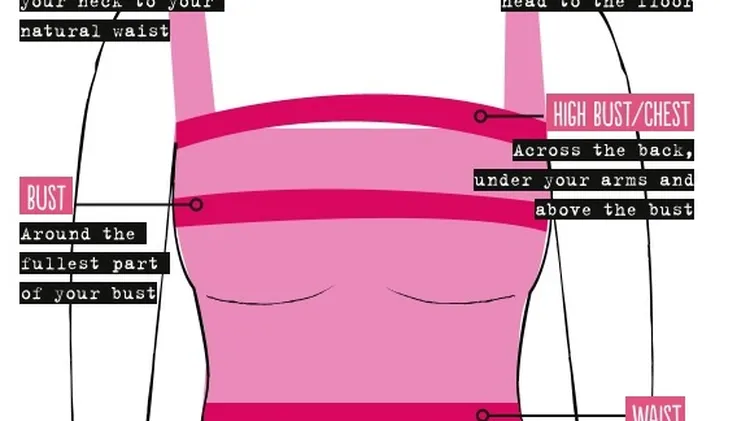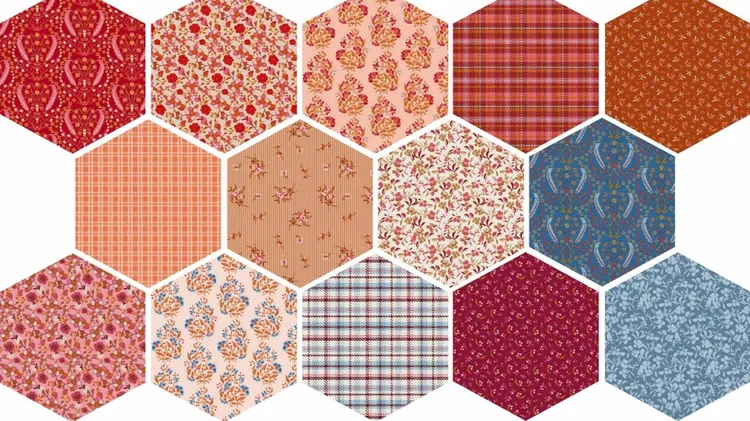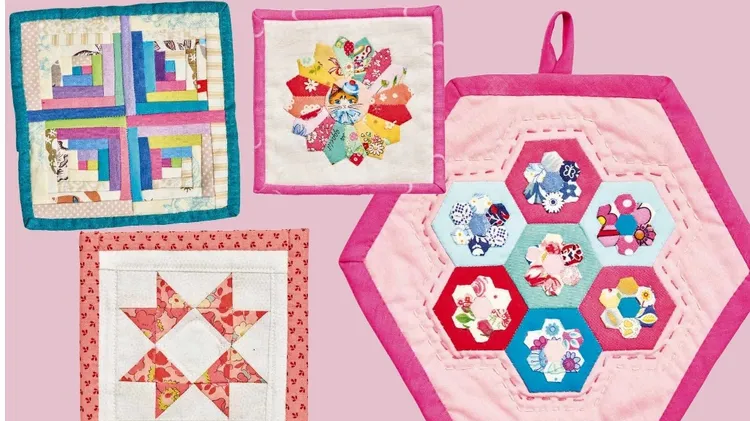
Essential guide easy success with sashiko
10 min read

This article is from...
Read this article and 8000+ more magazines and newspapers on Readly






